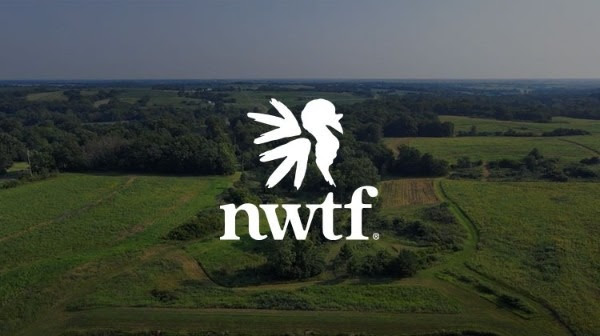Missouri Turkey Habitat Initiative Launches Educational Video Series

EDGEFIELD, S.C. — In the spring of 2024, the Missouri Department of Conservation collaborated with the Missouri NWTF State Chapter to create an impactful series of educational videos aimed at educating the public, improving wild turkey habitat quality and inspiring a larger movement for conservation. The Missouri NWTF State Chapter contributed significantly to the project, which culminated in the production of four educational videos. These videos debuted at the Missouri State Convention at the Margaritaville Resort Complex at Lake of the Ozarks on January 4, 2025.
Wild turkeys are an integral part of Missouri’s ecosystem and cultural identity. However, habitat degradation — particularly the loss of suitable nesting and brood-rearing areas — has taken a toll on the population. The Missouri Turkey Habitat Initiative was established to address these challenges. It aims to educate land managers about the importance of high-quality nesting and brooding cover, the attributes of such habitats, and practical techniques to restore and maintain them. By improving the quality and connectivity of these habitats across Missouri, the initiative seeks to effectively address the challenges wild turkeys face in Missouri.
“Nationally, the eastern turkey population has declined about 18% since achieving its highwater mark in the early 2000’s, according to turkey researcher Dr. Michael Chamberlain,” said John Burk, NWTF district biologist for Iowa, Illinois and Missouri. “This is an average that includes some areas still experiencing stable-to-increasing numbers, like portions of the northeast and upper Midwest, as well as places like northern Missouri where turkey harvest has declined by 60%. The turkey population in Missouri has largely been in decline for the better part of 20 years. We can’t do anything about making the springs drier or practically addressing predator populations that are likely at all-time highs. What we can do is improve the quantity and quality of brood-rearing habitat. Wet springs are bad for production under any circumstances, and turkeys have successfully coexisted with predators since the beginning of time and do just fine as long as they find the right stuff to raise in. The Turkey Habitat Initiative is intended to sell the why and teach the how of addressing the actual problems facing our turkeys, and these videos are one piece of the puzzle.”
The educational videos are designed to be valuable resources, showcasing the key habitat features necessary for wild turkey conservation and practical methods for restoring and maintaining these habitats. By utilizing modern platforms like YouTube, the series will be easily accessible, enabling citizens, landowners and conservationists to engage in meaningful habitat improvement efforts, in Missouri and beyond. The series, totaling approximately 20 minutes, provides critical insights into the challenges confronting wild turkeys and emphasizes the essential role habitat conservation plays in ensuring their survival.
The video series are organized into concise, 3-to-5-minute segments, each focusing on a specific topic to ensure viewers can easily absorb and apply the information. The key elements covered in the series include:
- Defining Brood-Rearing and Nesting Habitat: The series begins by establishing a foundation, clearly defining and explaining the characteristics of optimal brood-rearing and nesting habitats. Viewers will gain valuable insights into the unique attributes of these cover types and their critical importance to the wild turkey lifecycle. The segment also emphasizes the essential role these habitats play in ensuring successful reproduction and the development of healthy poults.
- Nesting Habitat Spotlight: Building on the foundation established in the first segment, this portion explores practical steps for creating high-quality nesting cover. It provides landowners with actionable best management practices, such as minimizing brush hogging and haying activities when possible, to enhance nesting success and support wild turkey reproduction.
- Brood-Rearing Habitat Spotlight: This segment delves into the creation and maintenance of effective brood-rearing cover, highlighting best management practices for supporting young poults.
- Challenges Facing Wild Turkeys: The concluding segment explores the primary challenges impacting wild turkeys, including predation, extreme weather conditions and fluctuations in insect abundance. By shedding light on these obstacles, the segment will empower viewers with the knowledge needed to implement comprehensive conservation strategies.
By breaking down complex habitat concepts into clear and accessible segments, the video series aims to empower a broad audience — particularly landowners — to take an active role in conserving wild turkey habitats. Additionally, the series showcases the contributions of partner organizations, expanding their visibility and providing land managers with a wider array of resources to enhance conservation efforts.
Through strategic partnerships, collaboration and community involvement, this initiative aspires to create a meaningful, statewide impact, supporting the long-term conservation of wild turkey habitats and fostering a collective commitment to wildlife stewardship.



